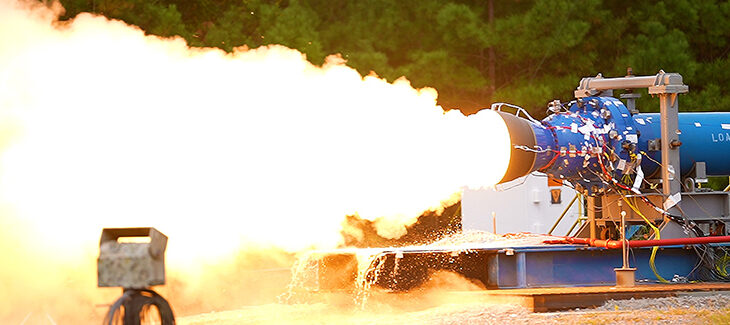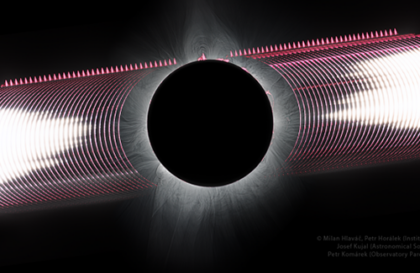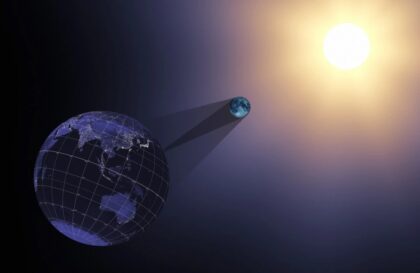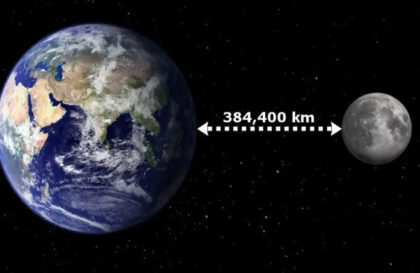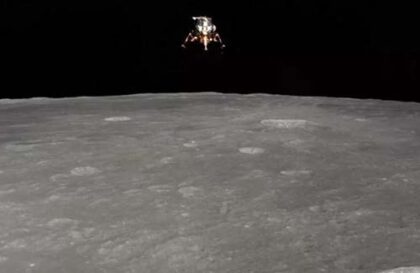Accelerator engines
Ten segments of the SLS booster engine destined for the Artemis II mission were delivered to the Kennedy Space Center. These segments, which have traveled by rail due to their size, will be used to create five solid rocket boosters, providing 75% of the rockets’ thrust. They are the largest and most powerful ever created. The move advances in preparations for the next human-crewed mission around the Moon.
Due to their weight, the booster motor segments traveled by rail across eight states in specialized transporters to the Florida spaceport. Credit: NASA/ Kathryn Hambleton.
The SLS solid rocket boosters, built at Northrop Grumman, are oriented laterally and prepared for use with the rocket. These boosters, consisting of three main segments, are key in providing the necessary part of the thrust.
The SLS rocket’s twin boosters and four core stage RS-25 engines generate more than 8.8 million pounds (4 thousand tons) of thrust. Once assembled and tested, they will be carefully integrated with the rocket’s main body in preparation for the launch of the Artemis mission.
RS-25 engines and 1500 gallons of fuel per second
The engines are installed in the third and fourth positions (E2062 and E2063). ) are new engines that incorporate previously flown equipment.
But the engine installed in the second position of the main stage, serial number E2059, and the engine in the first position, E2047, previously flew on space shuttle flights.
E2047, the oldest engine of the entire set to fly on Artemis II, passed on 15 shuttle flights, including STS-98, which carried the Destiny laboratory module to the International Space Station in 2001.
At NASA’s Michoud Assembly Plant in New Orleans, teams structurally connected all four RS-25 engines on the core stage of NASA’s Artemis II lunar rocket. The core stage engine compartment protects the engines from extreme temperatures during launch and has an aerodynamic tail fairing to guide airflow.
The focus now is on securing and attracting the engines to the main parts of the rockets, as well as connecting the mechanical and electrical systems. The flight test will be the agency’s first crewed Artemis mission.
Credit: NASA/Eric Bordelon
During launch and flight, the four engines will burn nonstop for more than eight minutes, consuming fuel from the core stage’s two massive fuel tanks at 1,500 gallons (5,678 liters) per second.
SLS core stage
The SLS solid rocket boosters have incomparable power, corresponding to 3/4 of the total thrust during the first two minutes of flight. The 212-foot-tall SLS core stage serves as the foundation for this rocket.
The RS-25 engines provide more than 2 million pounds of thrust during the eight-minute flight, helping propel the Artemis II crew beyond low-Earth orbit to travel around the Moon.
The two fuel tanks contain more than 733,000 gallons of super-cooled liquid propellant for the four RS-25 engines, and the stage’s flight computers, avionics, and electrical systems act as the “brains” of the rocket.
Artemis II
Artemis II is the first Artemis mission, carrying NASA astronauts Reed Wiseman, Victor Glover, and Christina Koch, and Canadian Space Agency astronaut Jeremy Hansen, to test all of the Orion spacecraft’s systems for future missions to the Moon.
Banner image: subscale booster motor test Credits: NASA/Sam Lott
Image credit:
https://www.nasa.gov
https://www.nasa.gov
https://blogs.nasa.gov
